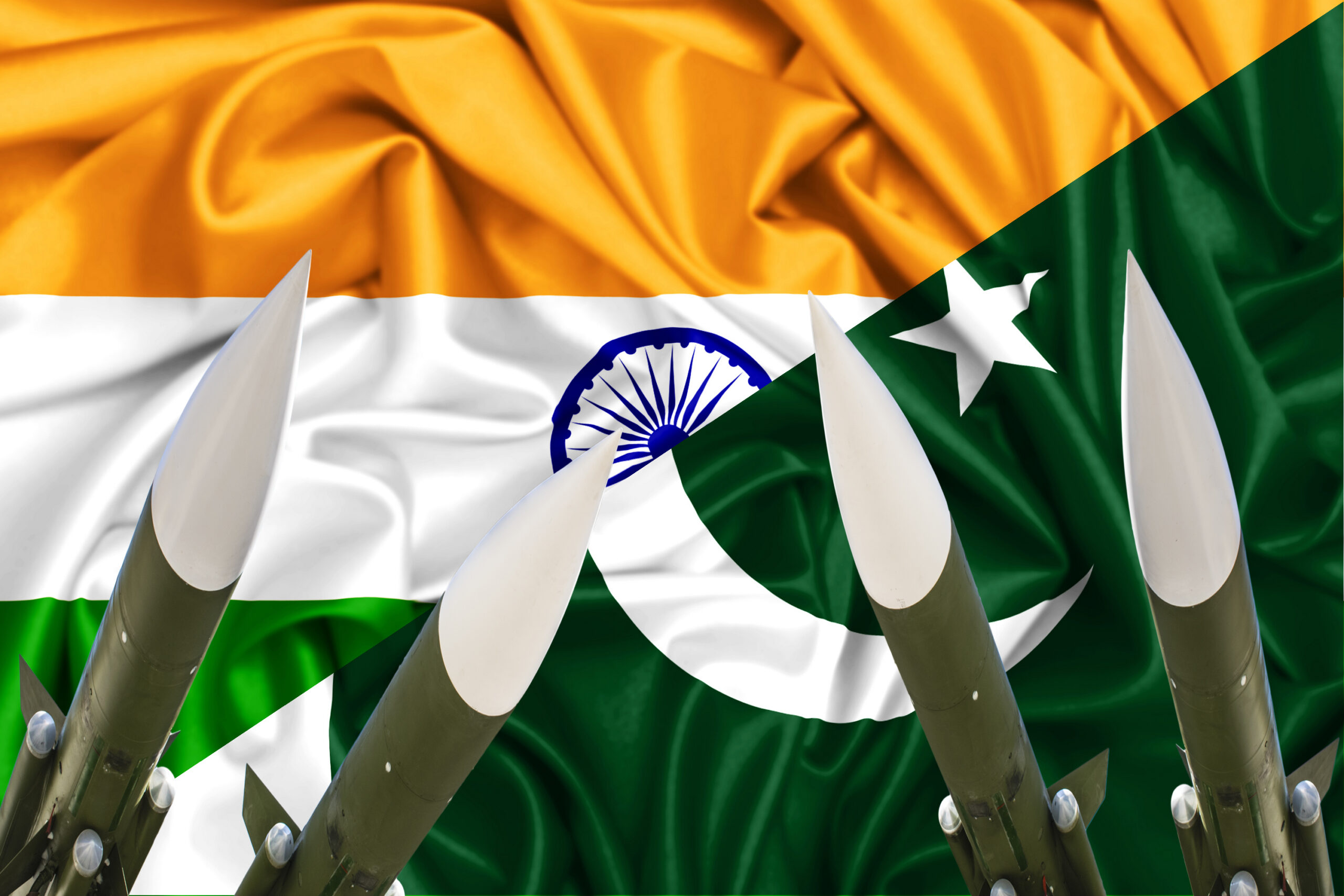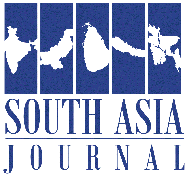
In the delicate matrix of South Asian geopolitics, transparency and accountability are not mere ethical preferences—they are strategic imperatives. When a nuclear-armed state veils its security crises under secrecy, downplays military losses, and manipulates terror incidents for political mileage, the consequences extend beyond its own borders. This is precisely the scenario unfolding in India, where an unsettling pattern of concealment is once again under global scrutiny.
The most recent spark in this long-standing opacity emerged with Indian Chief of Defence Staff General Anil Chauhan’s vague acknowledgment of aircraft losses during recent clashes with Pakistan. Rather than offering clarity, the statement raised more questions than it answered. The absence of specific numbers or operational context has drawn domestic outrage, while political opponents have called for urgent transparency. For many, this silence is not just strategic ambiguity—it is an implicit admission of guilt.
The Indian Air Force’s follow-up remarks only deepened public skepticism. By stating that “losses are part of combat” without further elaboration, the narrative appeared evasive. In any functioning democracy, military losses demand disclosure, reflection, and accountability. Yet, India’s top military echelons seem to have adopted a policy of calculated ambiguity, fueling conspiracy theories and eroding institutional credibility.
This opacity was further underscored by the recent Pahalgam terror attack in which 26 Hindu pilgrims lost their lives. Rather than promoting national unity or responsible governance, the Indian government’s response has centered on narrative control. From media blackouts to the selective release of information, official behavior raised red flags. Crucially, international media houses like the BBC and Deutsche Welle have pointed out glaring inconsistencies in India’s claims, leading to growing suspicions that the Pahalgam tragedy may have been a false flag operation aimed at justifying aggressive posturing.
Pakistan, observing these developments closely, has warned the international community of India’s tendency to use such incidents to fabricate casus belli. The danger lies not only in India’s aggressive reactions but in the way its internal failures are externalized. Whether through cross-border artillery skirmishes, diplomatic brinkmanship, or misinformation campaigns, India’s narrative engineering threatens to destabilize an already fragile region.
India’s lack of transparency deepens mistrust with its neighbors, especially Pakistan. Without a shared understanding of facts, miscalculations become more likely. When one side crafts a reality detached from facts, diplomacy becomes a guessing game, and military missteps become dangerously plausible.
South Asia’s security environment remains one of the most volatile in the world. India’s obfuscation not only frustrates dialogue but fosters strategic unpredictability. This unpredictability, coupled with nationalist rhetoric and the silence on actual military outcomes, fuels suspicion and heightens the probability of conflict escalation.
Within India, concealment is backfiring. The opposition, civil society, and sections of the media have demanded answers regarding the aircraft losses and the Pahalgam tragedy. This domestic pressure constrains India’s diplomatic maneuverability, making it more rigid in its foreign posture and less amenable to meaningful engagement with Pakistan or multilateral actors.
India’s unwillingness to share facts with its international partners, including key allies like France, has generated unease. France, which recently signed major defense and technology agreements with India, has reportedly demanded clarity on certain issues related to defense transparency. Such frictions threaten to dilute India’s carefully curated global image as a responsible regional power.
Most significantly, India’s concealment practices undermine long-term peacebuilding. By refusing to acknowledge incidents truthfully or cooperate in investigations, New Delhi obstructs the path to reconciliation. Its rejection of third-party mediation, particularly in moments of crisis like the Pahalgam attack, suggests that peace is secondary to political convenience.
Pakistan has long maintained that international oversight and third-party mediation are necessary for genuine peace in South Asia. India’s secretive and unilateral approaches strengthen this argument. As distrust deepens, the case for involving neutral international actors becomes more persuasive, increasing the likelihood of external engagement in South Asia’s conflicts — a scenario India has traditionally resisted.
Furthermore, India’s increasing reliance on narrative manipulation — aided by a pliant media and social media warfare — risks normalizing misinformation as a tool of statecraft. The tragedy of Pahalgam has become not just a human loss but a political instrument. The question that needs asking is simple: Who benefits when transparency is denied and truth is twisted?
India must realize that silence is no longer strategic; it is self-defeating. In today’s hyper-connected world, concealment is an illusion. Independent media, global watchdogs, and foreign governments are increasingly piecing together India’s inconsistencies. Sooner or later, the truth catches up. The way forward lies in transparency, dialogue, and multilateral engagement. South Asia’s peace cannot be held hostage to one nation’s narrative. As the Pahalgam incident and the vague aircraft disclosures reveal, concealing facts is not just a domestic disservice — it is a regional threat.
